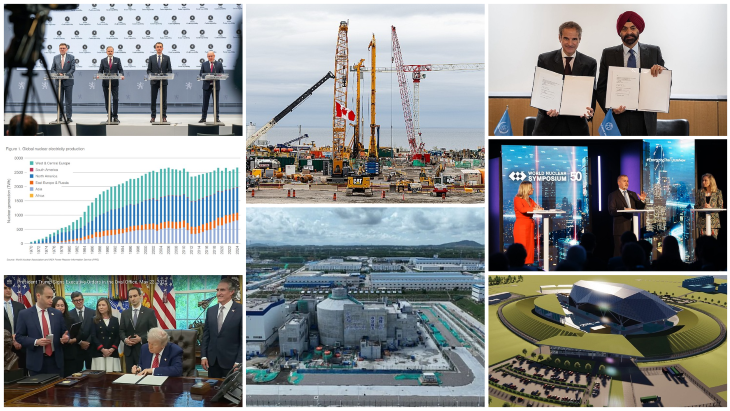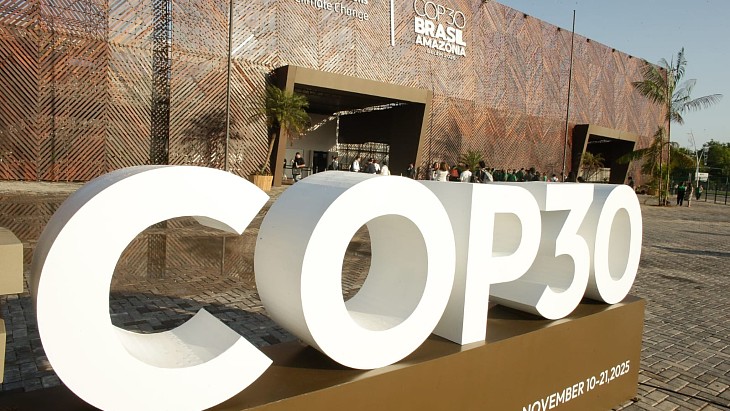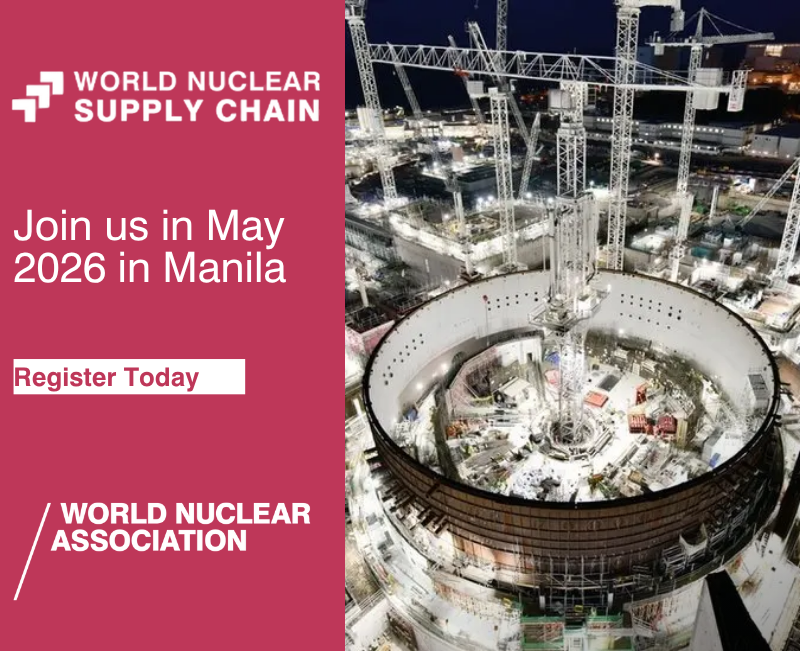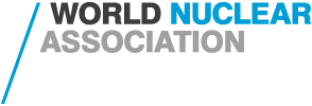Global nuclear power generating capacity will continue to grow by 2030 but at a slightly slower rate than predicted a year ago, according to the latest estimates from the International Atomic Energy Agency (IAEA).
The newly released report - entitled Energy, Electricity and Nuclear Power Estimates for the Period up to 2050 - contains high and low projections of energy, electricity and nuclear power trends over the coming years. Under the low scenario, installed nuclear capacity is predicted to grow 373 GWe in 2012 to reach 435 GWe by 2030. The high scenario predicts nuclear capacity reaching 722 GWe by 2030. While noting that the projections in both the low and high cases are down by about 20 GWe compared with those made in 2012, the IAEA noted "the decline this year is less than in the two previous years."
"The final result of nuclear safety reviews, reactor safety modifications, and in some cases even reactor shut-downs, is that greater confidence in nuclear power is expected as a safe and secure energy source."
Projected growth is strongest in the east Asia, including China and South Korea, where regional capacity is forecast to grow from 83 GWe at the end of 2012 to 147 GWe in 2030 in the low scenario and 268 GWe in the high scenario. Growth is expected in all regions of the world under the high scenario, although total Western European nuclear capacity could decline from 114 GWe in 2012 to 68 GWe in 2030 under the low scenario. The low scenario also sees a slight decrease for nuclear capacity in North America.
The figures are based on actual statistical data collected by the IAEA, with country-by-country estimates of future nuclear capacity established by a group of experts using a 'bottom up' approach. All possible licence renewals, planned shutdowns and plausible construction projects are taken into consideration. The conservative low scenario assumes the continuation of current trends and few unexpected policy changes. The more optimistic high scenario assumes that current global financial and economic crises are overcome relatively soon and global policies are implemented to mitigate climate change. Both scenarios are plausible and technically feasible, the IAEA maintains.
The IAEA sees low natural gas prices and the promotion of renewable energy sources in some energy policies impacting nuclear growth prospects in several regions of the developed world over the short term. These low gas prices, it says, are partly due to low demand as a result of economic conditions. "The on-going financial crisis continues to present challenges for capital intensive projects such as nuclear power," according to the IAEA.
In the longer term, the IAEA expects nuclear "to play an important role in the energy mix due to growth in population and in demand for electricity in the developing world, as well as climate change concerns, security of energy supply and price volatility for other fuels."
However, the IAEA warned that challenges remains and that policy responses to the 2011 accident at the Fukushima Daiichi plant are still evolving. It notes that, "Over the past year, most countries have finalized their nuclear safety reviews, providing greater clarity with respect to nuclear power development."
It added, "The final result of these reviews, reactor safety modifications, and in some cases even reactor shut-downs, is that greater confidence in nuclear power is expected as a safe and secure energy source."
Researched and written
by World Nuclear News




_47120.jpg)
_23621.jpg)
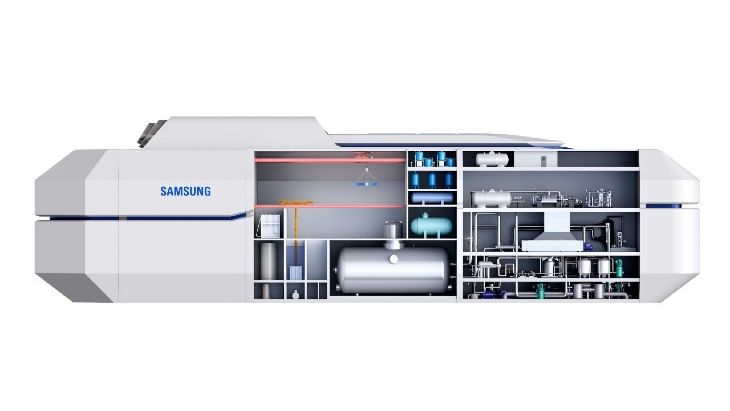
_63865.jpg)
